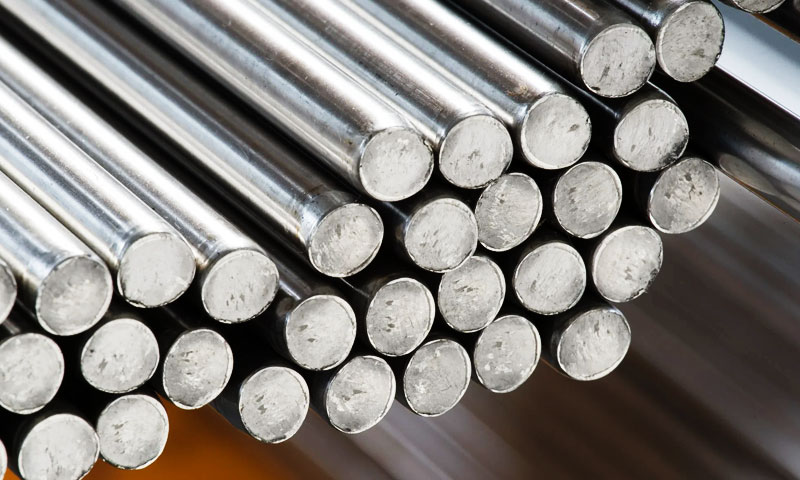1. Вступ
1.4122, commonly referenced by its European designation X39CrMo17-1, is a martensitic chromium stainless steel designed to deliver a blend of твердість, wear resistance and reasonable corrosion performance.
It occupies a practical middle ground between tool steels and corrosion-resistant stainless grades: hardenable by heat treatment to high strengths and abrasion resistance, yet offering better resistance to corrosion than many carbon steels.
2. Що є 1.4122 Нержавіюча сталь
1.4122 (Також називається X39CrMo17-1) є martensitic chromium нержавіюча сталь — a hardenable, magnetic stainless grade designed to deliver a balance of high hardness/wear resistance і Помірна корозійна стійкість.
Engineers choose 1.4122 for components that require sharp edges and durable cutting surfaces (Столові прилади), precision shafts and spindles, wear parts and certain valve or pump components where moderate corrosion resistance is adequate.
It is distinct from austenitic stainless steels (Напр., 304) that are non-magnetic and highly corrosion-resistant, and from ferritic grades that are not hardenable by quenching;
1.4122’s defining characteristic is its martensitic microstructure after quenching, which produces high hardness and strength.
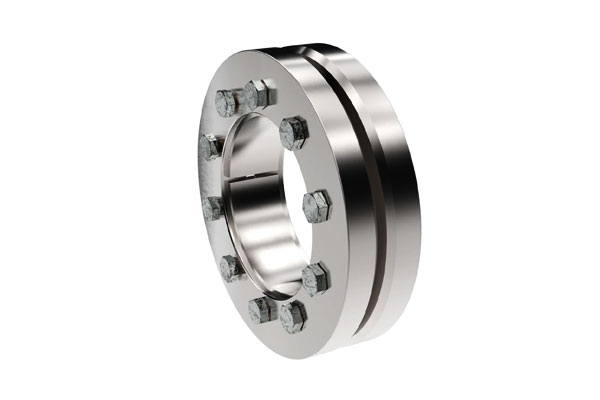
3. Хімічний склад 1.4122 Нержавіюча сталь
Below is a clean, professional table showing the chemical composition ranges for 1.4122 (X39CrMo17-1) stainless steel together with a concise, engineering-focused description of the role each element plays in this alloy.
| Елемент | Діапазон (WT%) | Primary role(s) — concise |
| C (Вуглець) | 0.33–0.45 | Main hardening agent — increases martensite hardness and wear resistance; reduces toughness and weldability at high levels. |
| Cr (Хром) | 16.5–17.5 | Provides corrosion passivity and contributes to hardenability and carbide formation. |
| Mo (Молібден) | 0.80–1.30 | Improves hardenability, strength and resistance to localized corrosion. |
| У (Нікель) | ≤1.00 | Minor toughness aid; kept low to retain martensitic response. |
| Мн (Марганець) | ≤1.50 | Deoxidizer and mild hardenability aid. |
І (Кремнію) |
≤1.00 | Deoxidizer and modest solid-solution strengthener. |
| С (Фосфор) | ≤0.04 | Impurity — kept low to avoid embrittlement and fatigue loss. |
| S (Сірка) | ≤0,015 | Minimized (not a free-machining grade) because it lowers toughness and fatigue performance. |
| Феод (Прасувати) | Балансувати | Matrix element — forms the martensitic steel base. |
| Trace elements (На, V, Куточок, П., тощо) | типово <0.05–0.20 | Small micro-alloying effects or tramp elements; can refine grain or slightly modify properties when present. |
4. Механічні властивості 1.4122 Нержавіюча сталь
Mechanical properties vary with heat treatment state. Below are representative ranges used for design guidance.
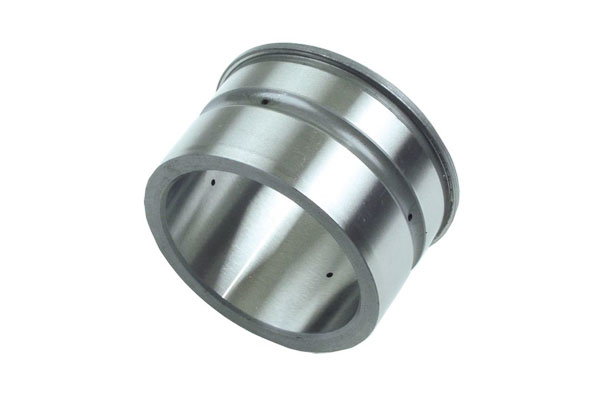
| Хвороба / treatment | Твердість (HRC) | Сила на розрив (UTS, MPA) | 0.2% Proof / Похід (MPA) | Подовження (A, %) | Charpy v-notch (прибл., J) |
| М'який / нормалізований (delivery) | ~20–30 HRC | ~500–700 MPa | ~300–450 MPa | 10–18 % | 30–60 J |
| Гасіння & tempered → ~40 HRC (typical engineering temper) | ≈38–42 HRC | ~800–950 MPa | ~600–800 MPa | 8–12 % | 15–30 j |
| Гасіння & tempered → ~48–52 HRC (висока твердість) | ≈48–52 HRC | ~1,000–1,300 MPa | ~800–1,100 MPa | 3–8 % | 5–20 j |
| Maximum hardening (поблизу 55+ HRC) | >55 HRC | >1,300 MPA | високий (approaching UTS) | низький (<3 %)* | низький (<10 J) |
5. Magnetic and Physical Properties of 1.4122 Нержавіюча сталь
Understanding the magnetic and physical properties of 1.4122 stainless steel is critical for design engineers, particularly when specifying components for precision machinery, інструментарія, or applications where thermal expansion and conductivity matter.
| Власність | Типове значення | Інженерні наслідки |
| Щільність | 7.75–7.80 g/cm³ | Weight calculations, dynamic load, Конструкція компонентів |
| Теплопровідність | 19–24 Вт/м · k | Heat dissipation, machining and thermal distortion |
| Коефіцієнт теплового розширення | 10–11 ×10⁻⁶ /K | Dimensional stability under thermal cycles |
| Конкретне тепло | ~ 460 Дж/кг · k | Thermal management during processing |
| Магнітна поведінка | Феромагнітний | Consider in sensor proximity, electronic interference, magnetic assembly |
6. Корозійна стійкість
1.4122 stainless steel provides Помірна корозійна стійкість, superior to plain carbon steels but inferior to austenitic stainless steels.
Environments where it performs acceptably
- Fresh water and mildly oxidizing industrial atmospheres
- Organic acids and mild chemical environments, when polished or passivated
Обмеження
- Not recommended for середовище, багаті хлоридом (морська вода, розсол) where pitting and crevice corrosion become significant.
- Localized corrosion resistance decreases with increasing hardness and tempering that expose microstructural heterogeneities.
Surface finishing and passivation
- Полірування to a fine finish and хімічна пасивація (Напр., nitric acid treatment) improve corrosion performance by strengthening the passive film.
- Покриття (фарби, покриття) or cathodic protection are common for long service life in marginal environments.
7. Heat Treatment and Hardening
Термічна обробка tailoring is central to using 1.4122 ефективно.
Typical hardening schedule
- Аустенітизація: heat to roughly 980–1020 °C (typical range for martensitic stainless steels; exact temperature depends on section size and furnace control) to form austenite.
- Гасіння: rapid cooling in oil or polymer quench to transform to martensite. Water quenching may be used but increases risk of distortion and cracking.
- Загартовування: reheat to 150–600 ° C depending on required final hardness/toughness balance.
Lower temper temperatures yield higher hardness and lower toughness; higher temp yields lower hardness but better ductility and impact resistance.
Hardening response
- Carbide-forming elements (Cr, Mo) and carbon content drive hardenability. 1.4122 exhibits good response allowing designers to select temper cycles for specific mechanical targets.
Ефект
- Strength increases dramatically after quench and temper.
- Міцність can be restored partially by tempering; there is a well-known tradeoff between hardness and toughness.
- Обробка generally worsens after hardening; most machining is done in annealed or partially tempered conditions.
8. Machinability and Fabrication
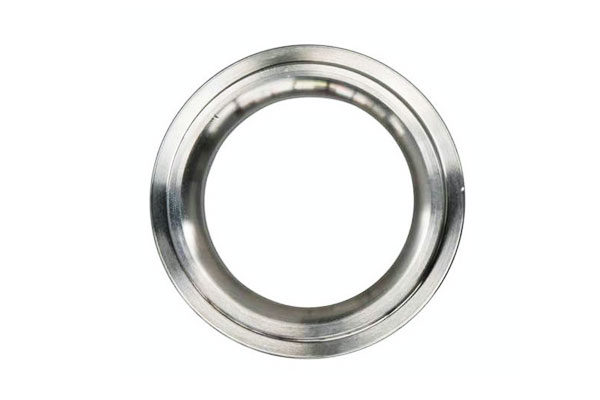
Обробка
- Medium in annealed condition. In soft condition, 1.4122 machines comparable to other martensitic grades with appropriate tooling and cutting speeds.
Use sharp high-speed tooling, adequate coolant and conservative feeds when machining hardened portions. - Poor when hardened. Твердість >45 HRC substantially increases tool wear; grinding and carbide tooling are typical.
Зварюваність
- Обмежений. High carbon and martensitic structure make the steel susceptible to hydrogen-induced cold cracking. Welding generally requires:
-
- Розігріти (Напр., 150–250 °C depending on thickness)
- Low hydrogen electrodes
- Post-weld tempering or PWHT to relieve residual stresses and soften the HAZ
- For critical parts, welding is avoided or performed with post-weld heat treatment.
Формування
- Холодне формування: limited in hardened state; better to form in annealed condition and then harden.
- Гаряче формування: may be used within controlled windows but requires subsequent heat treatment to restore designed properties.
9. Переваги та обмеження
Переваги 1.4122 Нержавіюча сталь
- Хороша загартованість: can be heat treated to a wide range of hardness and strength values.
- Balanced corrosion resistance: superior to carbon steels in many environments.
- Опір зносу: suitable for cutting edges, shafts and lightly loaded wear parts.
- Магнітний: useful where ferromagnetic behaviour is needed.
Обмеження 1.4122 Нержавіюча сталь
- Weldability limitations — requires preheat and PWHT for critical joins.
- Cold formability: poor in hardened state; must be formed in annealed condition.
- Corrosion limits: not recommended for seawater or high chloride environments without protective measures.
- Machining when hardened: high tool wear, special tooling required.
10. Промислові застосування 1.4122 Нержавіюча сталь
1.4122 is used where a combination of high surface hardness, Опір зносу, і помірна корозійна стійкість потрібні:
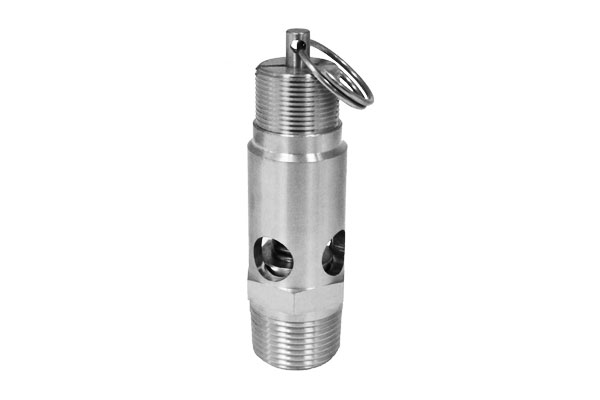
- Cutlery and surgical tools: ножі, scissors and razors benefit from the balance of hardness and stainless behaviour.
- Mechanical engineering: вали, шпинделі, pins and small gears that require precision, edge retention and good wear lifetime.
- Pumps and valves: стебла, seats and components exposed to fresh water or buffered fluids.
- Tooling and molds: for polymer processing and light tooling duties where corrosion resistance is helpful compared with plain tool steels.
- Other niche uses: підшипники, small structural components, and certain fasteners where hardness and magnetic response are advantageous.
11. Comparison with Related Stainless Steels
1.4122 (X39CrMo17-1) є martensitic chromium stainless steel with balanced hardness, Корозійна стійкість, and wear properties.
To guide material selection, it is helpful to compare it with other commonly used martensitic and chromium stainless steels, включаючи 1.4034 (X46Cr13) і 1.4112 (X90CrMoV18).
| Власність / Сплав | 1.4122 (X39CrMo17-1) | 1.4034 (X46Cr13) | 1.4112 (X90CrMoV18) | Engineering Notes |
| Вуглець (C) | 0.36–0.44% | 0.42–0.50% | 0.85–0.95% | Carbon controls hardness and wear resistance; higher C increases hardness but reduces ductility. |
| Хром (Cr) | 16–18% | 16–18% | 16–18% | Chromium provides corrosion resistance; all three are martensitic grades with moderate corrosion resistance. |
| Молібден (Mo) | 0.8–1,2% | 0–0.2% | 0.8–1,2% | Mo improves pitting and general corrosion resistance, особливо в 1.4122 і 1.4112. |
| Ванадій (V) | Відстежувати | Відстежувати | 0.1–0,3% | V increases hardness and wear resistance, використовується в 1.4112 for high-wear tools. |
| Сила на розрив (MPA) | 800–1100 (гасіння & загартований) | 700–1000 | 1000–1400 | 1.4112 is a high-carbon grade designed for maximum wear; 1.4122 balances strength and toughness. |
Твердість (HRC) |
50–55 | 48–52 | 56–60 | 1.4112 achieves higher hardness due to higher carbon; 1.4122 suitable for tooling and shafts. |
| Корозійна стійкість | Помірний | Помірний | Помірний до низького | 1.4122’s Mo addition improves resistance to mild oxidizing environments over 1.4034. |
| Обробка | Помірний | Добрий | Бідний | Високовуглецевий 1.4112 is more difficult to machine; 1.4122 balances machinability with hardness. |
| Типові програми | Столові прилади, інструментарія, насосні вали, клапани | Столові прилади, хірургічні інструменти, механічні частини | High-wear tools, ножі, industrial blades | Selection depends on required hardness, Корозійна стійкість, and machining constraints. |
12. Висновок
1.4122 (X39CrMo17-1) is a practical martensitic stainless steel that provides a versatile combination of твердість, wear resistance and moderate corrosion resistance.
Its capability to be tailored through heat treatment makes it a go-to choice for cutlery, вали, valve parts and tooling applications where a compromise between stainless behaviour and high hardness is required.
Поширені запитання
What is the typical hardness range achievable for 1.4122 нержавіюча сталь?
In delivery/softened condition about 27–33 HRC. After quench and temper the alloy can be adjusted typically to ~40–55 HRC depending on tempering temperature and section size.
Є 1.4122 stainless steel suitable for seawater service?
No — it has only moderate chloride resistance. For seawater or highly corrosive environments, select duplex or austenitic stainless steels with superior pitting resistance.
Can I weld 1.4122 компоненти з нержавіючої сталі?
Welding is possible but challenging. Use preheat, low-hydrogen consumables and post-weld tempering to avoid cracking and restore toughness.
How does heat treatment affect toughness?
Tempering at higher temperatures improves toughness but reduces hardness. Select tempering temperature to achieve the required balance for fatigue and impact loads.
Залежно від програми, 1.4034 may be an economical substitute for lower performance needs; 1.4112 or other high-C martensitics may be used where extreme hardness is required but note differences in corrosion and toughness.
